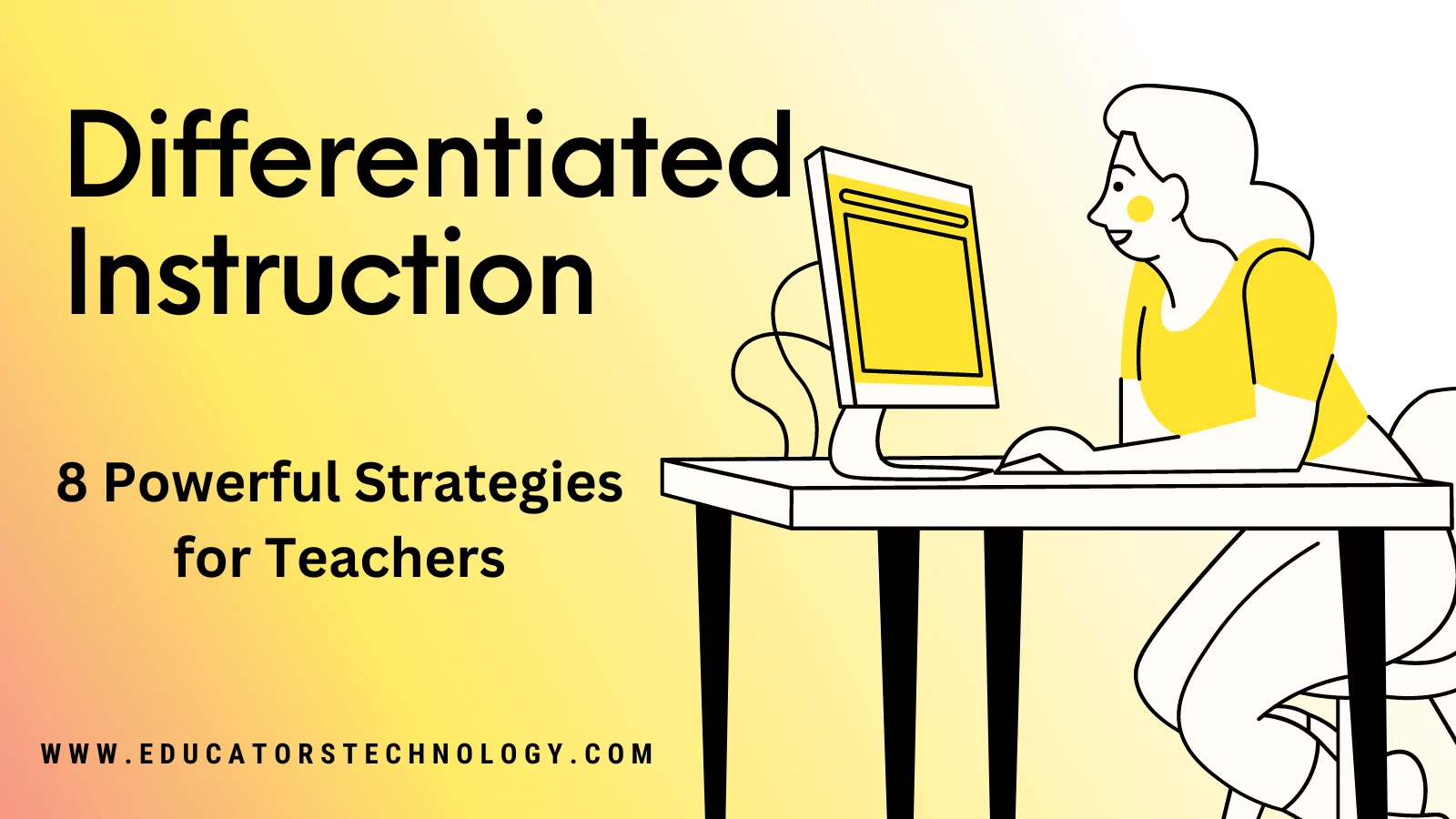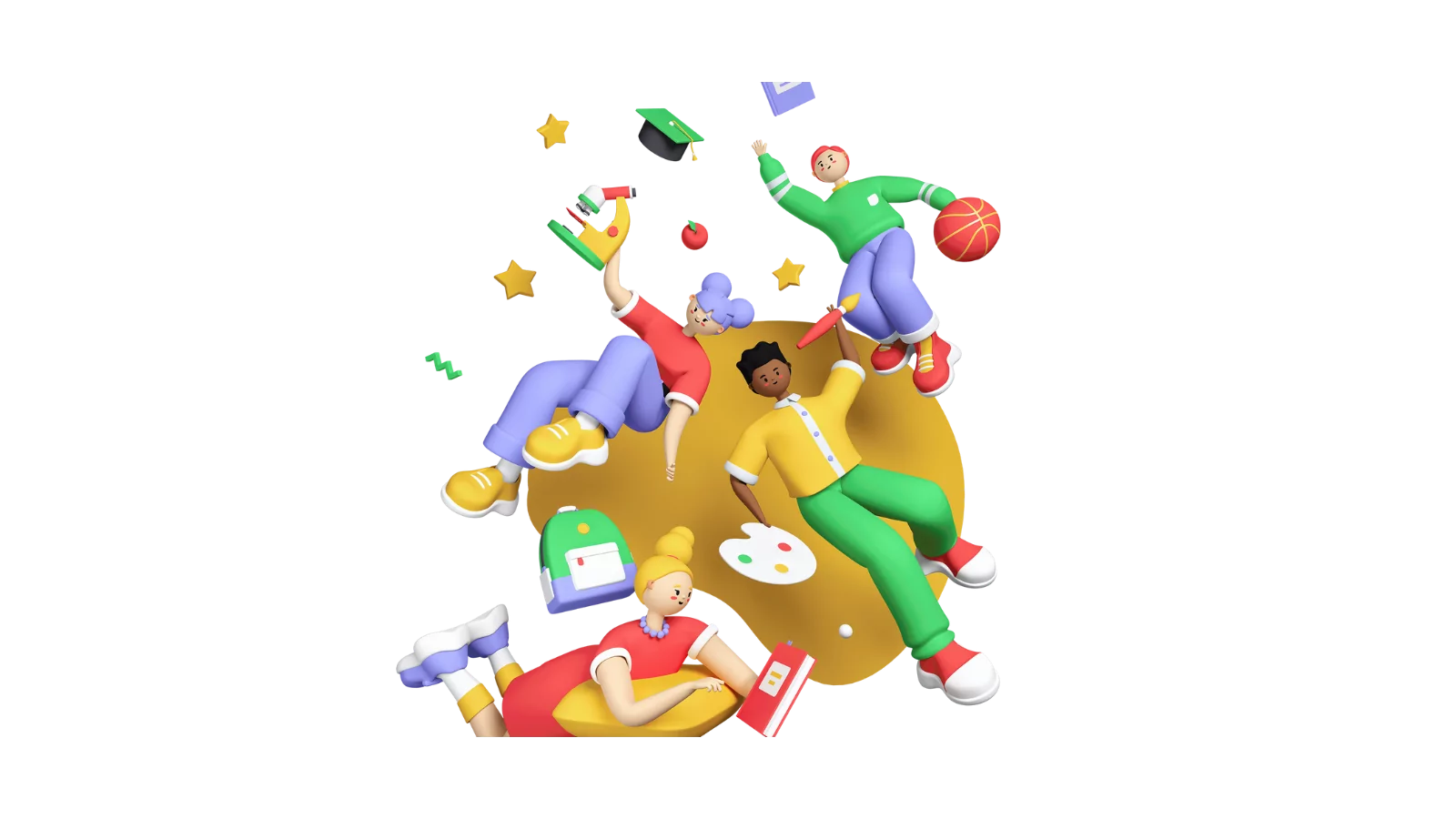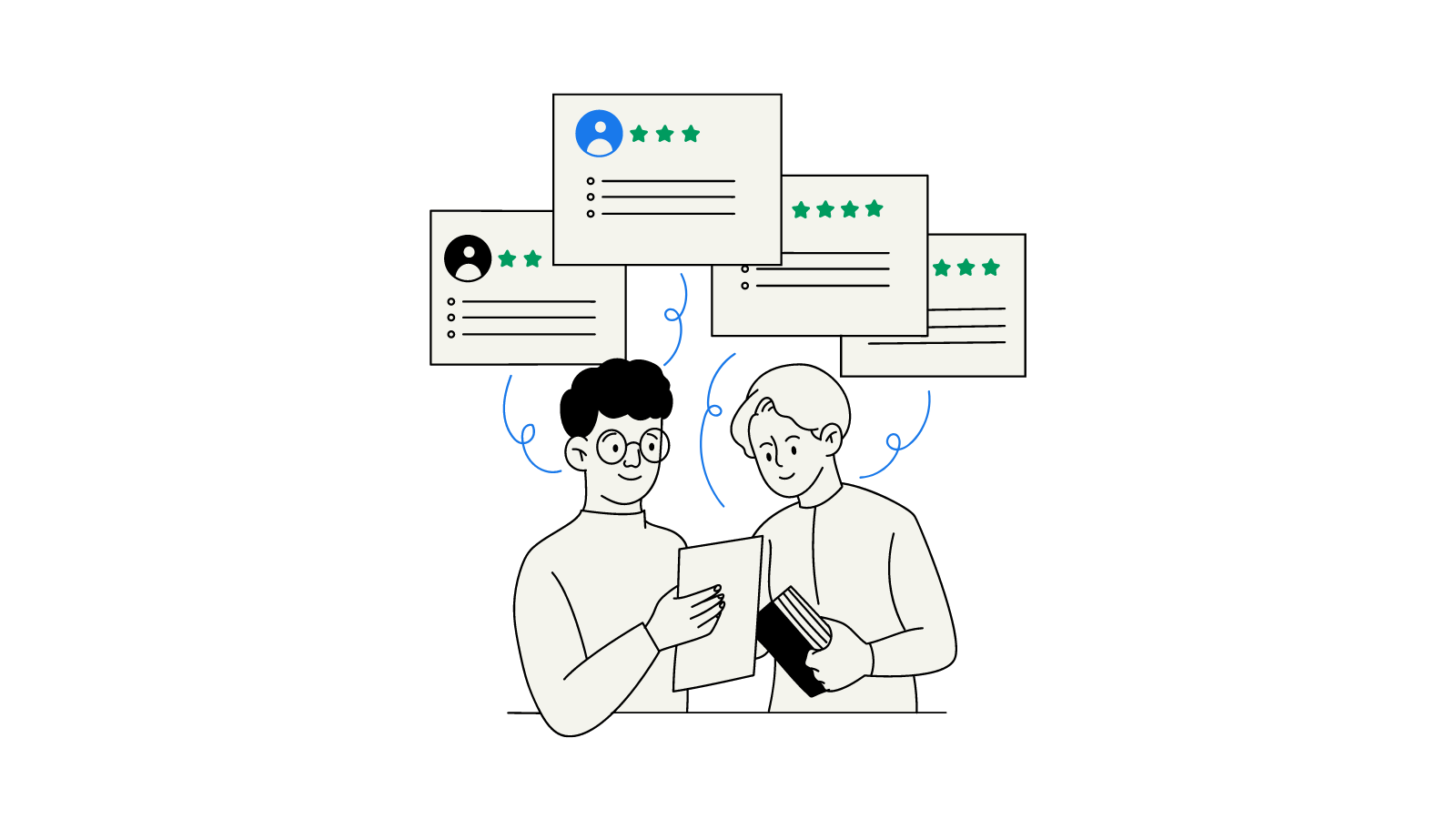As educators, we understand that students come from diverse backgrounds, have varying abilities, and learn in different ways. The traditional one-size-fits-all approach to teaching is no longer sufficient for meeting the needs of all learners. That’s where differentiated instruction comes in.
Differentiated instruction is an approach to teaching that tailors instruction to meet the individual needs of each student. Differentiated instruction helps teachers create a wide range of learning opportunities and adjust their instruction to meet the unique needs of each learner thus creating a more inclusive and effective learning environment.
The purpose of differentiation is basically to enable (and empower) students to reach their full potential regardless of their background or skills. In order to that, teachers are to mobilize a number of pedagogic strategies that place student learning at its center. These include using technology, providing individualized guidance and feedback, and fostering collaborative team work.
In this blog post, I will cover 8 important strategies for differentiated instruction. I drew on the the help of ChatGPT to come up with different ideas included in this post. I edited, elaborated, and expanded these ideas and synthesized all into the following:
1. Know your students
One size doesn’t fit all. Figure out each student’s strengths, weaknesses, and interests. This will help you create a better experience for each individual. As an educator, it is crucial to recognize that students are not identical; they possess distinct learning styles, intellectual abilities, and personalities.
Getting to know the students involves a variety of methods, such as conducting surveys, meeting one-on-one, or simply observing their behavior in class. Additionally, recognizing students’ passions and interests can be beneficial in designing curriculum and assignments that capture their attention and increase their motivation.
Knowing your students on a deeper level provides valuable insight into how to cater to their individual needs and establish a classroom environment that promotes success. So, make sure to take the time to understand each student and use that knowledge to craft personalized curriculum and assignments to maximize their learning potential.
2. Use tiered activities
Give students activities based on their readiness level.They’ll learn the same concepts, but with a challenge that meets their learning needs. When teachers use tiered activities, they take into account the varying readiness levels of their students.
Tiered activities can be designed in a variety of ways. For example, teachers might create different tasks that explore the same concept but require different levels of complexity or offer different types of support.
Regardless of the approach, tiered activities have been shown to support student achievement and engagement. By meeting students where they are and helping them build on their strengths, teachers can create a learning environment that is challenging, yet supportive. This can help students build confidence and motivation, leading to greater success in and outside of the classroom.
3. Leverage flexible grouping
In small groups or partnerships, match students based on their learning needs and/or interests. Rotate partners, and/or adjust the groups and topics throughout the school year. Experiment with a variety of formats to keep students engaged. For instance, pair up students based on the skills they need to practice, or have them work together on specific projects that are related to their current unit of study.
Flexible grouping is an important tool for differentiating instruction, as it allows teachers to tailor instruction and activities to best meet the needs of all students. It also enables teachers to capitalize on the strengths of students — for example, having a student who excels in math explain concepts to those who need more help.
4. Provide multiple ways to learn
Offer different materials and resources for students to use to learn the same concept including videos, reading material, graphic organizers, visual aids , and interactive games. This can help make the concept more accessible to students who may have difficulty with traditional forms of instruction.
Additionally, provide the same materials in different formats so that students can choose which works best for them. For example, if a lesson plan includes reading material, offer the same material in audio or video format. This will allow students to access the material in a way that is best suited to their individual learning needs.
5. Offer choices for product creation
Who says everyone has to create an essay? Provide multiple options for final projects such as videos, comics, posters, slideshows, podcasts, or simulations. By giving students the autonomy to create something they feel passionate about, they will be more engaged in their learning and likely have more ownership over their work.
6. Use student-centered grading
Instead of giving each student the same assignment, ask them what they want to learn and how they want to showcase what they’ve learned. Students are more motivated when they have a say in what they learn and how they’re evaluated. For example, you could offer a variety of projects like a presentation, an essay, or a poster to choose from.
7. Utilize technology
Technology offers many opportunities to differentiate instruction. For instance, adaptive software can adjust the difficulty of questions based on the student’s ability, and online resources can provide access to a range of content and activities. Educators can also use digital tools for differentiated assessments and to provide targeted feedback.
8. Provide guidance and feedback
Good differentiation involves getting to know each student’s needs to curate and scaffold their learning. Give feedback based on their unique needs, not on a preconceived notion of what work should look like. Provide guidance, but not answers. Help students learn to ask themselves questions and think through problems in order to find solutions.
Differentiation is not a one-time solution for students’ varying needs. It’s a journey to providing each student with the education we all deserve.










